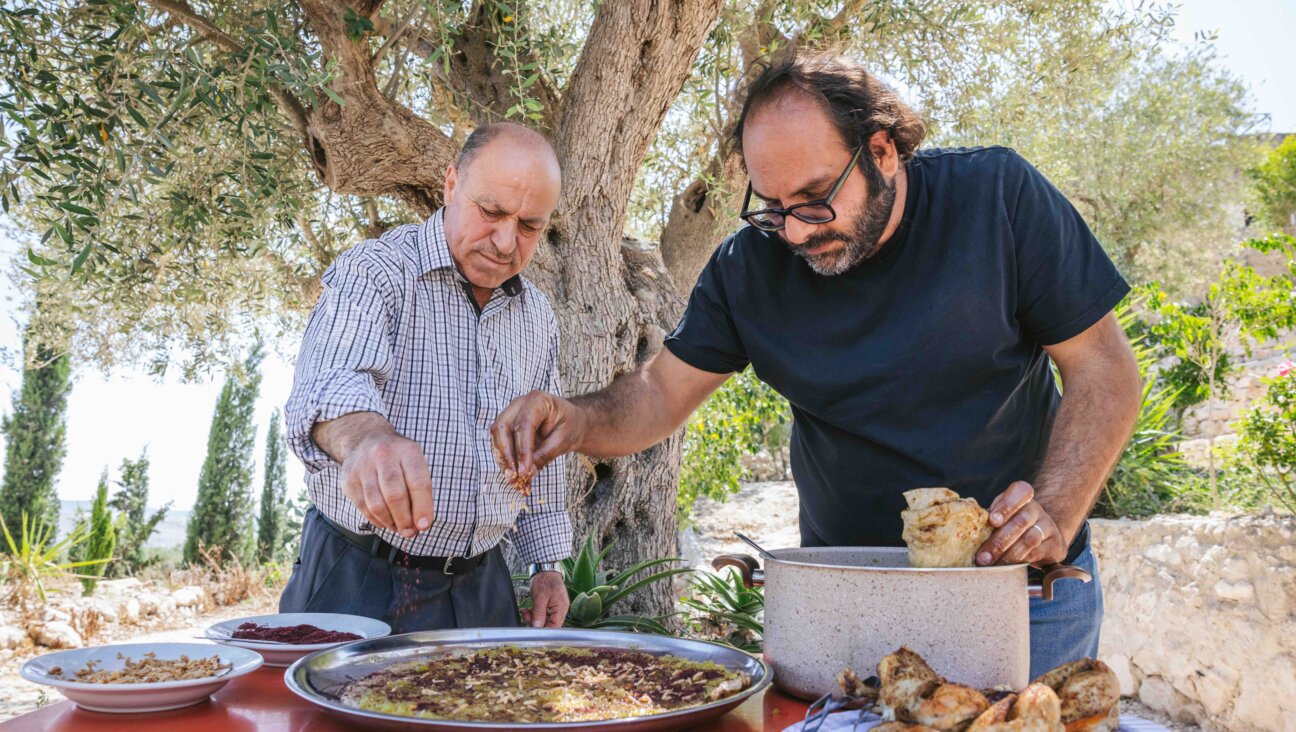Here’s the cheesy, crispy dish that made me and Alice Waters swoon together

Foccaccia di Recco By @foodaism
Here’s a name drop I don’t deserve: Many years ago I attended Slow Food’s Terra Madre food conference in Turin, Italy. I happened to be standing in line to get a slice of freshly-made focaccia di Recco, and next to me stood Alice Waters.
We watched the bakers stretch impossibly thin sheets of rolled-out dough over a giant circle of the same paper-thin dough topped with gobs of fresh stracchino cheese, then crisp and melt everything in a pizza oven before slicing it and handing over wedges.
To be clear, me and Alice Waters, who through Chez Panisse and her Edible Schoolyard Project has done as much, or more, to improve the way Americans eat as any living person, weren’t waiting together, but we did both bite into our slices at the same time, and we both had that same reaction: oh-my-God. Her reaction stuck with me: Waters had been everywhere and tasted everything, but still had that ability to get weak-kneed at something new and delicious. She said something out loud like how popular this focaccia would be in the States. I said something dumb in response, I’m sure, then returned to the end of the line.
Focaccia di Recco, a Ligurian dish that has never really made its mark across the Atlantic, is two layers of thin crisp dough with a middle of oozing salty cheese. It’s as if pizza decided to make a life change, simplify and focus on its three best qualities: crispy, oily and cheesy.
A few years after my initiation in Turin, Factory Kitchen opened in downtown L.A., and the brilliant Chef Bobo Ivan put focaccia di Recco on his menu— the only place to find it at the time, and still the best.
During lockdown I decided I’d make it myself, but only when I came across a recipe in La Cucina Italiana did I succeed to begin to emulate what made Alice Waters and me swoon, together, in Turin.
To make focaccia di Recco you roll a simple, olive-oil enriched dough out very, very thin, plop on fresh crescenza cheese (also known as stracchino), top with another thin sheet of dough, brush with olive oil, sprinkle with salt and bake for few minutes. The rolling is easier than you think. I used “00” flour and real crescenza, which I found at Eataly (whose very first store, by the way, is in an old vermouth factory in Turin).
How’d it come out? Not as good as Turin, not as good as Chef Bobo’s—but so, so close.
Focaccia di Recco
(The original recipe in La Cucina Italiana seems to have too little flour and cheese. I’ve corrected that here.)
1 1/3 cup “00” pizza flour (approximate)
pinch of salt
5 ounces water
2 T. olive oil
1 pound crescenza cheese
salt
Make a dough: Place flour and a pinch of salt in a bowl, making a well in the center. Add olive oil and water and mix to combine into a soft but pliable dough. You may need more or less flour until you get a nice pizza dough consistency. Divide and shape into two balls, cover with a towel and set aside. Preheat oven to its hottest setting, at least 485 degrees.
Roll dough out very thin. Place on a parchment-lined sheet pan, round or rectangular. Spoon gobs of cheese evenly all around, then top with a second layer of thinly-rolled out dough and press to seal the edges. Brush with olive oil, sprinkle with salt, and pinch holes with your fingers all around. Bake for 12 minutes, slice and serve.
A message from our editor-in-chief Jodi Rudoren

We're building on 127 years of independent journalism to help you develop deeper connections to what it means to be Jewish today.
With so much at stake for the Jewish people right now — war, rising antisemitism, a high-stakes U.S. presidential election — American Jews depend on the Forward's perspective, integrity and courage.
— Jodi Rudoren, Editor-in-Chief
























